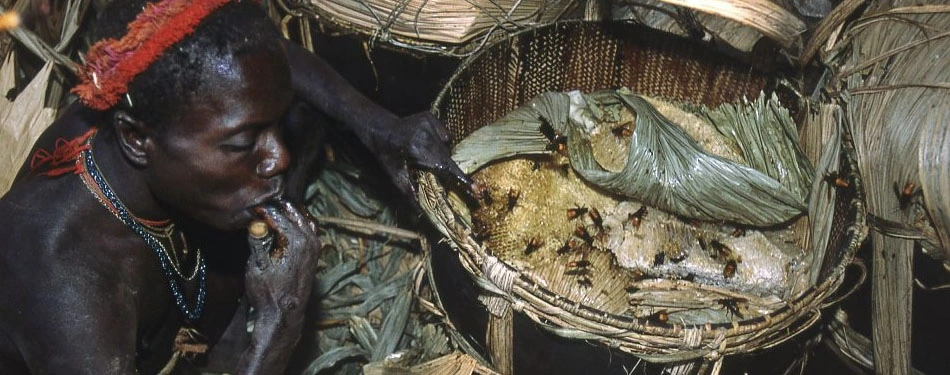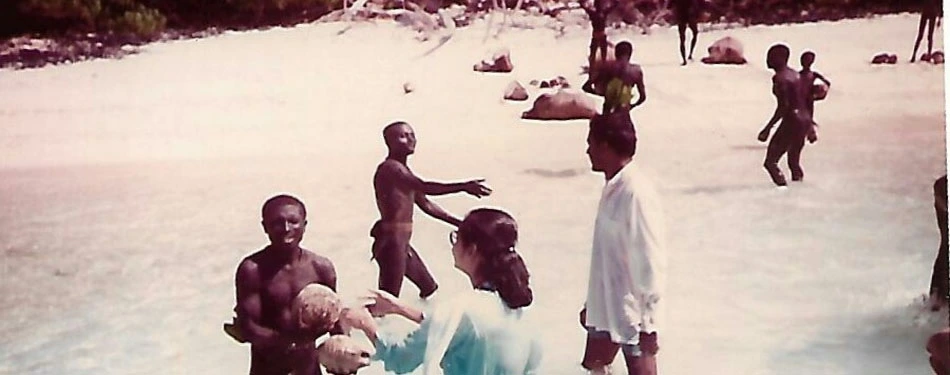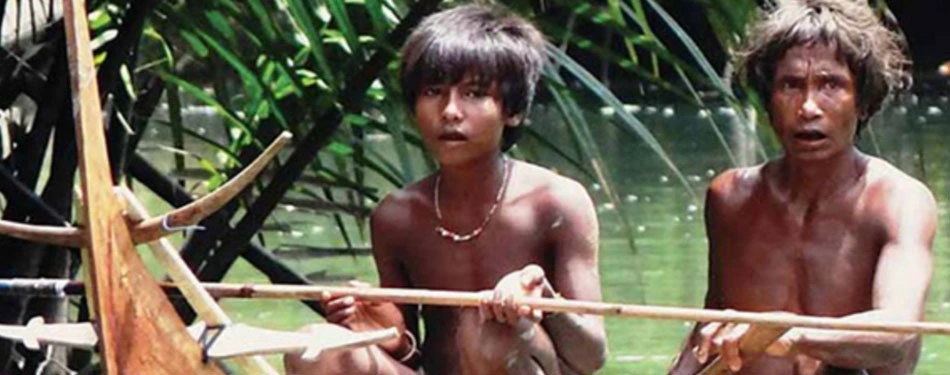The Tribes of Andaman and Nicobar Islands: An Insight

The Andaman and Nicobar Islands, known for their stunning beaches, sunsets, and sky a
tropical paradise located in the Bay of Bengal, and are not only known for their
stunning natural beauty but also as the home to some of the most unique and diverse
tribal communities. These islands have some of the world's most isolated and indigenous
tribes, making it a remarkable and culturally significant region. In this blog, we will
delve deep into the world of the tribes of the Andaman and Nicobar Islands, exploring
their history, culture, and the challenges they face in this modern era.
Tribal Diversity in the Andaman and Nicobar Islands
The Andaman and Nicobar Islands have several distinct tribal groups residing,
each
having its own language, customs, traditions, folklore, and way of life. The main
tribes
of the Andaman and Nicobar Islands include the Great Andamanese, the Onge, the
Jarwa,
the Sentinelese, and the Shompen. Let's get to know a little about these culturally
indigenous communities:
1. Great Andamanese: The Great Andamanese tribes are one of the most
well-known indigenous groups in the Andaman Islands. Historically, they inhabited
various parts of the Great Andaman archipelago, but their numbers have significantly
decreased over the past few years. Today, only a few members of this tribe remain but
efforts are made by the local authorities to preserve their traditions and culture.
2. Onge: The Onge people primarily inhabit parts of
Little Andaman Island. They are known for their activities of hunting and food
gathering, but their lifestyle has faced challenges due to contact with modern
developments. Although, efforts have been made by the locals and authorities in charge
to provide support and protect their traditional way of life.
3. Jarwa: The Jarwa tribe is one of the most isolated
indigenous communities in the Andaman and Nicobar Islands. They live in the dense
forests of South Andaman and are also known for their hunting and food-gathering skills.
The Jarwa’s have limited contact with the outside world, and entry into their territory
is strictly regulated.
4. Sentinelese: The Sentinelese are perhaps the most
famous and isolated tribe in the Andaman and Nicobar Islands. They inhabit North
Sentinel Island and are known for their hostile treatment towards outsiders. The Indian
government has enforced a policy of no contact with the Sentinelese people to protect
their unique way of life.

5. Shompen: The Shompen tribe resides in the Great
Nicobar region. They have a distinct language and culture, and their way of life
revolves around primary activities of agriculture, hunting, and fishing. The Shompen are
gradually adapting to modern influences while preserving their traditions.

Challenges Faced by Tribal Communities
While the Andaman and Nicobar Islands are a tourist hotspot, the indigenous
tribes residing here face numerous challenges:While the Andaman and Nicobar Islands
are a tourist hotspot, the indigenous tribes residing here face numerous
challenges:
1. Cultural Erosion: With increasing contact with the outside world,
there is a risk of cultural erosion among these tribes. Efforts are being made by the
authorities in charge to protect and preserve their languages, traditions, and heritage.
2. Healthcare and Disease: Due to their isolation from modern
facilities, many tribal communities lack access to proper healthcare. Diseases from
outsiders can have devastating effects on these vulnerable populations.
3. Land and Resource Disputes: Land and resource disputes with the
government and settlers can disrupt their traditional way of life. Securing land rights
is an essential matter for their survival.
4. Tourism Impact: The popularity of the islands and the influx of
tourists, impact the environment and the tribes' way of life. Sustainable tourism
practices are being promoted to minimize these impacts.
5. Natural Disasters: Being an Island, the Andamans, and Nicobar are
prone to various natural disasters such as tsunamis and earthquakes. These events can
have a significant impact on the tribal communities, making disaster management crucial
for them.
Efforts for the Welfare of Tribal Communities
The Indian government, along with various NGOs and tribal welfare organizations,
is actively working to address the various challenges faced by the tribal
communities of the Andaman and Nicobar Islands. Some initiatives include:
1. Education and Healthcare: Various programs have been implemented to
provide education and healthcare services to all tribal communities and improve their
overall health and well-being.
2. Cultural Preservation: Efforts are also made to document and preserve
the languages, traditions, and cultural heritage of these tribes.
3. Land Rights:Advocacy for land rights and protection of tribal
territories is more pronounced to ensure their traditional way of life is not damaged by
modern influences.
4. Restricted Access: Strict regulations and guidelines have been put in
place to ensure limited access to tribal areas, particularly in the case of the
Sentinelese and Jarwa tribes.
5. Disaster Preparedness: Tribal communities are being trained and
equipped to handle natural disasters effectively.
To Summarise
The tribes of the Andaman and Nicobar Islands are an integral part of the region's rich
cultural tapestry. Their unique customs, folklore, traditions, languages, and way of
life provide valuable insight into the diversity of our country and the whole human
existence. While these indigenous communities may face various challenges in our modern
world, efforts are ongoing to protect their rights and preserve their heritage. As
travelers and visitors to these islands, it is essential to understand and respect their
boundaries and to approach them with respect and sensitivity, also recognizing the
importance of safeguarding their unique cultural identity while enjoying this stunning
archipelago.


